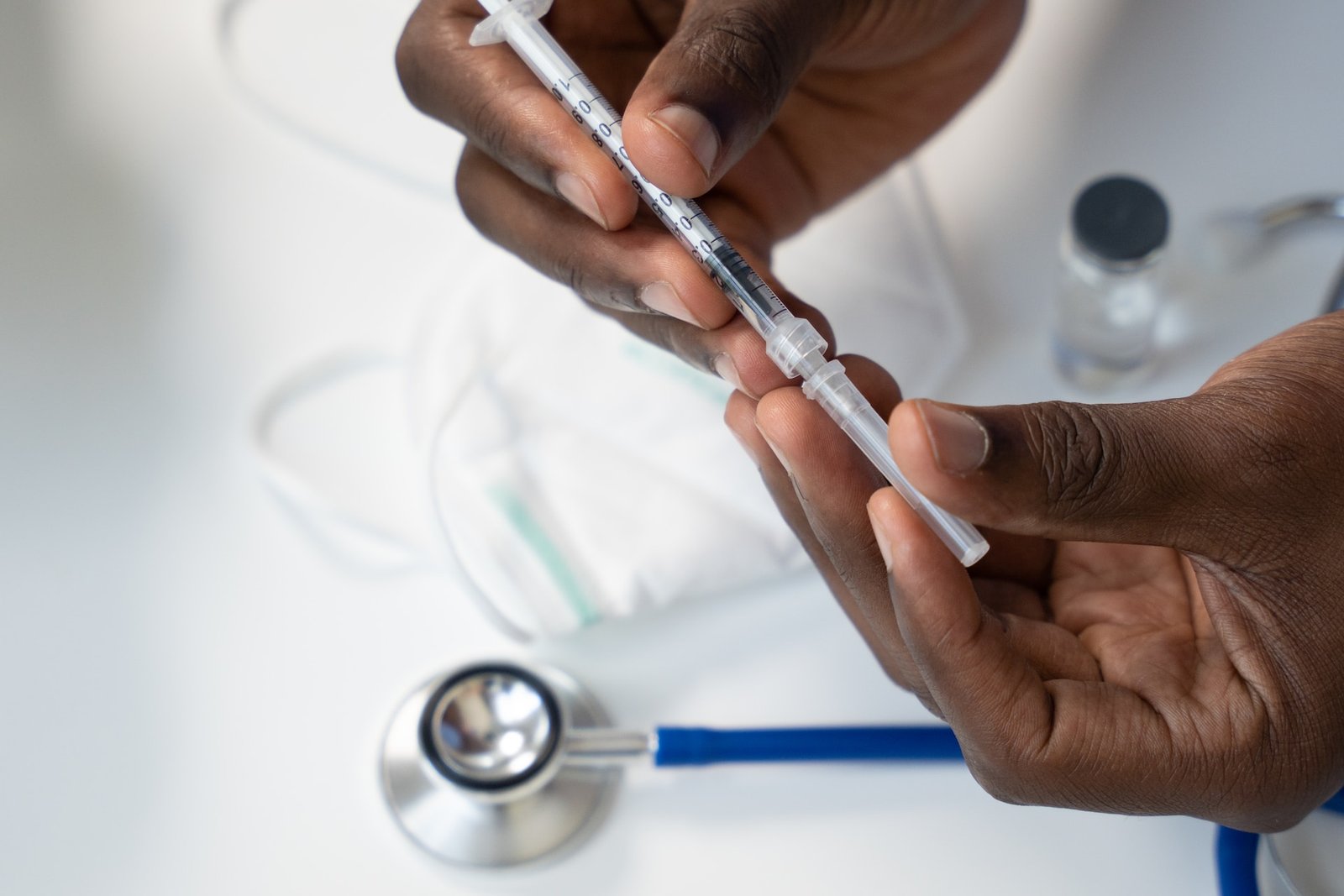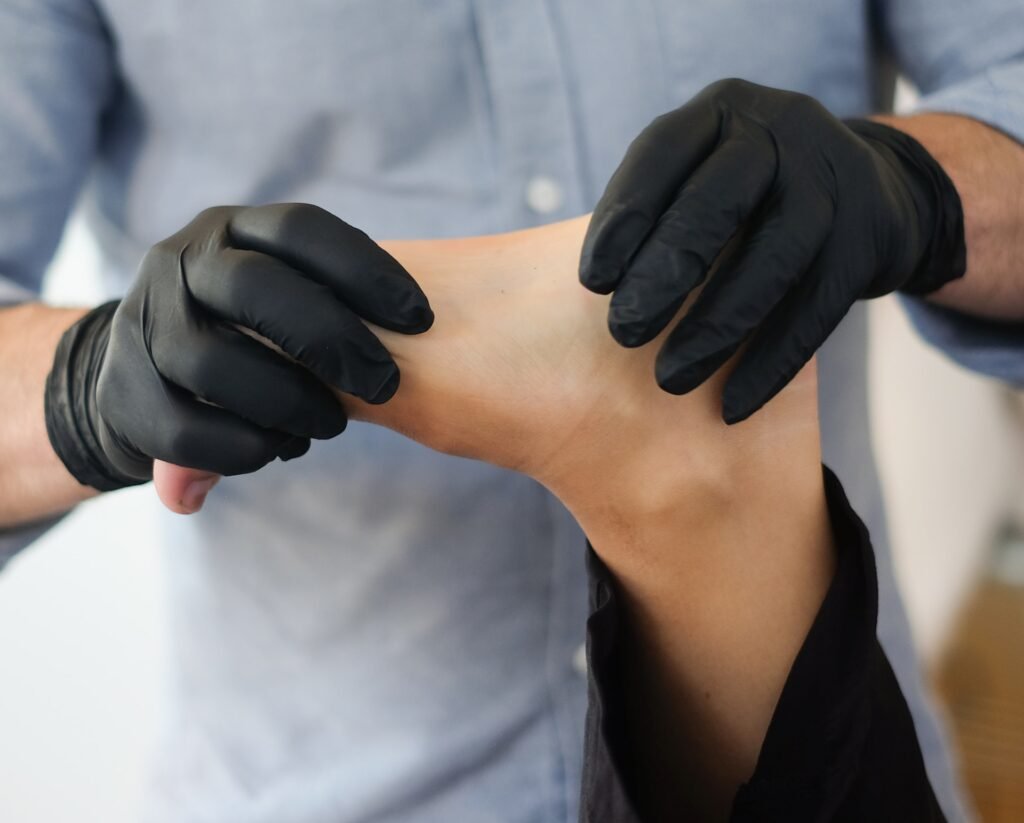In the quiet agony of every step, a tale unfolds for those grappling with the relentless grip of plantar fasciitis. The pain, akin to a persistent whisper, becomes a constant companion. Amidst the myriad of treatment options, one often sought-after remedy is the plantar fasciitis steroid injection. As we embark on this journey through the plantar fasciitis steroid injection aftercare, let’s delve into the nuances of recovery, armed with facts, stories, and the promise of relief.
Understanding Plantar Fasciitis and Steroid Injections
Plantar fasciitis, a common cause of foot pain, leads to inflammation of the plantar fascia, resulting in chronic pain. Steroid injections offer short-term relief by targeting the inflamed tissue, aiding in the healing process. Typically considered a last resort for chronic cases, this treatment is recommended after exploring non-invasive options. Understanding the role of steroid injections in the treatment of plantar fasciitis is essential for patients seeking relief from this condition’s persistent discomfort.
Role of Steroid Injections in Treating Plantar Fasciitis
Steroid injections play a crucial role in treating plantar fasciitis by reducing inflammation of the plantar fascia and providing much-needed pain relief. Particularly beneficial for chronic cases, these injections are recommended when other non-invasive treatments have not yielded significant improvement.
Additionally, cortisone shots aid in managing the pain and swelling associated with plantar fasciitis, allowing for effective rehabilitation of the plantar fascia. Furthermore, peer-reviewed studies have shown that 80% of patients who undergo needle tenotomy experience reduced heel pain, highlighting the efficacy of this treatment approach in managing chronic foot pain.

The Mechanism of Steroids
Corticosteroids, such as cortisone, effectively suppress inflammation of the plantar fascia, aiding in reducing inflammation in the heel bone. These injections help manage pain caused by fat pad atrophy in the heel and reduce inflammation of the Achilles tendon in plantar fasciitis cases. Cortisone shots are proven to be effective in minimizing pain associated with plantar heel pain, making them an essential treatment for chronic foot pain. The mechanism of steroids targets the root causes of plantar fasciitis, providing much-needed relief.
Plantar Fasciitis Steroid Injection Aftercare
- R-E-S-T: One of the cardinal rules post-injection is allowing the foot the rest it craves. Rest becomes a potent catalyst for recovery, enabling the steroid to work its magic without interference. At Theheelgp.com, our research emphasize the importance of embracing this period of repose and offers insights into how fellow sufferers have successfully incorporated rest into their daily routines.
- Ice and Elevation: The dynamic duo of ice and elevation becomes a soothing balm for the injected foot. These simple yet effective aftercare steps are highlighted in our comprehensive reviews, serving as a guide for those seeking relief from the throbbing aftermath of the injection.
- Physiotherapy and Gentle Exercises: The journey towards rehabilitation involves a gradual reacquaintance with movement.
Long-term Care and Precautions
Gradual return to weight-bearing activities post-injection aids long-term recovery. Inclusion of stretching and strengthening exercises prevents recurrences. Vigilant monitoring for fat pad atrophy is crucial. Weight management and balanced diet promote overall foot health. Supportive shoes, even post-recovery, are vital for preventing future foot issues.
Rehabilitation and Recovery After Steroid Injection
Understanding the anticipated recovery timeline post-steroid injection is crucial for planning rehabilitation. Tailored physical therapy can significantly aid in the recovery process. Introducing foot exercises gradually after the injection is essential for rehabilitation. Periodic check-ups with the healthcare provider to monitor healing are crucial for recovery. Balancing rest and activity levels during the recovery period is important for overall rehabilitation.

Importance of Physical Therapy
Physical therapy is crucial for restoring foot function and mobility post-steroid injection. Qualified therapists provide guidance to aid recovery and prevent complications. Incorporating ultrasound-guided techniques enhances the healing process, while customized exercises address specific foot issues, ensuring treatment efficacy. Regular physical therapy sessions significantly improve recovery, making it a vital component of post-injection care.
Stretching and Strengthening Exercises
Implementing a structured regimen of foot-specific stretching exercises post-injection is crucial for the recovery process. Gradually incorporating heel pain relief exercises can aid in strengthening the plantar fascia. Utilizing supportive arch support insoles during recovery can complement the effectiveness of stretching and strengthening exercises. Engaging in heel pain relief exercises, under the guidance of a healthcare professional, is essential for the recovery process. Nurturing consistent adherence to the prescribed stretching and strengthening exercises is vital for long-term recovery.
Lifestyle Adjustments for Quick Recovery
Selecting proper footwear with adequate arch support is crucial for recovery post-steroid injection. Embracing supportive shoes throughout daily activities contributes to the healing process. Prioritizing foot-friendly options like supportive sneakers fosters a conducive environment for faster recovery.
Focusing on weight management and adopting a balanced diet serves as a proactive approach for quick rehabilitation. Highlighting the significance of supportive footwear promotes better outcomes after the injection. Incorporating these adjustments can significantly aid in the treatment of plantar fasciitis and chronic pain.
Appropriate Footwear Selection
Selecting the right footwear plays a crucial role in plantar fasciitis recovery. Shoes with ample arch support and cushioning alleviate discomfort during the recovery period, while shock-absorbing soles provide essential cushioning post-steroid injection. Supportive shoes with good heel and arch support maintain foot stability, promoting overall comfort and aiding in the recovery process. Consulting with a healthcare provider for appropriate footwear selection is essential to optimize recovery and minimize foot pain.

Weight Management and Diet
Promoting a nutritious diet, rich in calcium and vitamin D, aids post-injection recovery. Managing weight reduces foot stress and supports healing. A balanced diet and weight management foster a conducive recovery environment. Nutrition and weight management enhance overall recovery. Incorporating these into the recovery plan is vital for long-term foot well-being. Treatment of plantar fasciitis benefits from dietary adjustments. Chronic pain and foot pain are alleviated by weight management.
Coping with Potential Complications
Recognizing signs of fat pad atrophy and addressing it promptly with the healthcare provider is crucial for preventing complications. Understanding the potential for plantar fascia rupture and adopting preventive measures aids in coping with potential issues. Educating individuals about cortisone injection complications fosters informed decision-making in the recovery process. Addressing the possibility of chronic plantar fasciitis and the need for ongoing care supports coping with potential complications. Empowering individuals with information about potential post-injection complications facilitates proactive recovery measures.
Dealing with Persistent Pain
Managing persistent pain after a plantar fasciitis steroid injection involves effective communication with healthcare providers for timely evaluation and intervention. Invasive treatments like shock wave therapy can provide relief, and the option of needle tenotomy enhances understanding of available modalities. Incorporating supportive shoes and night splints supports the recovery process, while fostering a proactive approach aids in effective pain management. This comprehensive approach accelerates the treatment of plantar fasciitis and chronic pain, promoting a quicker return to normal activities.
When to Seek Medical Attention
If you experience intense pain post-injection, seek medical attention promptly. Contact a healthcare professional if you notice unusual swelling or inflammation. Any signs of infection like fever require immediate medical attention. Persistent discomfort warrants a consultation with a specialist. If weight-bearing becomes challenging, consult a medical professional promptly.
Success Stories and Experiences
Many individuals have experienced substantial relief from heel pain following the steroid injection, emphasizing its short-term efficacy. Patients frequently share positive outcomes, including improved mobility and reduced inflammation. For some, the injection has been a favorable option after other treatments yielded limited results. Additionally, many individuals have reported a relatively short recovery period post-injection, contributing to the growing success stories and experiences associated with the treatment of plantar fasciitis.

How long should you stay off your foot after a cortisone shot?
It is recommended to give your foot a rest for at least 24 hours after receiving a cortisone shot. Avoid engaging in strenuous activities during the first few days following the injection. Gradually increase your activity levels over the subsequent week or two. Always consult with your doctor for specific post-injection care instructions.
What should you not do after a steroid shot?
After getting a steroid shot for plantar fasciitis, it’s important to avoid strenuous physical activity for at least 48 hours. Refrain from excessive use or vigorous massage of the injected area. Consult your doctor before applying heat or ice. If you experience unusual symptoms, contact your doctor immediately.
Is Exercise Possible After a Plantar Fasciitis Steroid Injection?
Exercise is possible after a plantar fasciitis steroid injection. Moderate physical therapy and supportive shoes are recommended. Patients can gradually resume light exercises with guidance from healthcare professionals, ensuring proper heel support. Physical therapy, ultrasound guidance, and supportive shoes aid in the healing process. Many individuals report being able to resume exercise after a period of time.
How long does it take for a steroid injection to work on plantar fascia?
It typically takes about a week for a steroid injection to start working on plantar fasciitis. However, it may take several weeks to experience the full effects. In the meantime, resting and applying ice can help reduce pain. It’s important to follow your doctor’s aftercare instructions, including any recommended physical therapy exercises.
What is the chance that a steroid injection will cure my plantar fasciitis?
While there is no guarantee that a steroid injection will cure your plantar fasciitis, it can effectively reduce inflammation and relieve pain in the short term. However, for long-term relief, other treatments like physical therapy and stretching exercises may be necessary. Consult with a healthcare professional to determine the best treatment plan for your individual needs.

Conclusion – Plantar Fasciitis Steroid Injection Aftercare
As the curtain falls on the exploration of plantar fasciitis steroid injection aftercare, the path ahead beckons with the promise of comfort and mobility. Theheelgp.com stands as a testament to the collective strength of those grappling with this affliction, offering a haven of knowledge and reviews that echo the triumphs and tribulations of real-life journeys.
In the mosaic of aftercare steps, each element plays a vital role in the narrative of healing. From restful repose to the diligent embrace of ice and elevation, every action propels the foot towards a future unburdened by the echoes of pain. As we close this chapter, let us ponder – how will your story of recovery unfold? Theheelgp.com is here to guide you, offering not just a destination but a map to a life liberated from the clutches of plantar fasciitis.
I hope you found this blog helpful and please feel free to comment and share.
Thanks for reading!
 | Tracy J. Founder, The heel GP |
